X1 Transformer is priority for Australia’s ACE EV
The Australian electric vehicle start-up ACE EV is confident of a big funding boost by the end of 2021 as it switches focus to its new X1 Transformer commercial platform ahead of a previously announced range of mini-cars.
Revealed last week, X1 is a single battery electric sled and passenger cabin that can be mated to a choice of seven load-carrying modules including long and short wheelbase, high and low roof, van and ute. Modules can be changed in just 15 minutes.
“For busy freight companies with their major distribution centres, the X1 enables them to fit a pre-packed module straight onto its electric platform and be on its way in 15 minutes,” said ACE EV managing director and co-founder Greg McGarvie.
“One platform can carry whatever cargo module is required – van or ute, high or low roof – so it is constantly earning its keep, whatever each individual freight mission may be.”
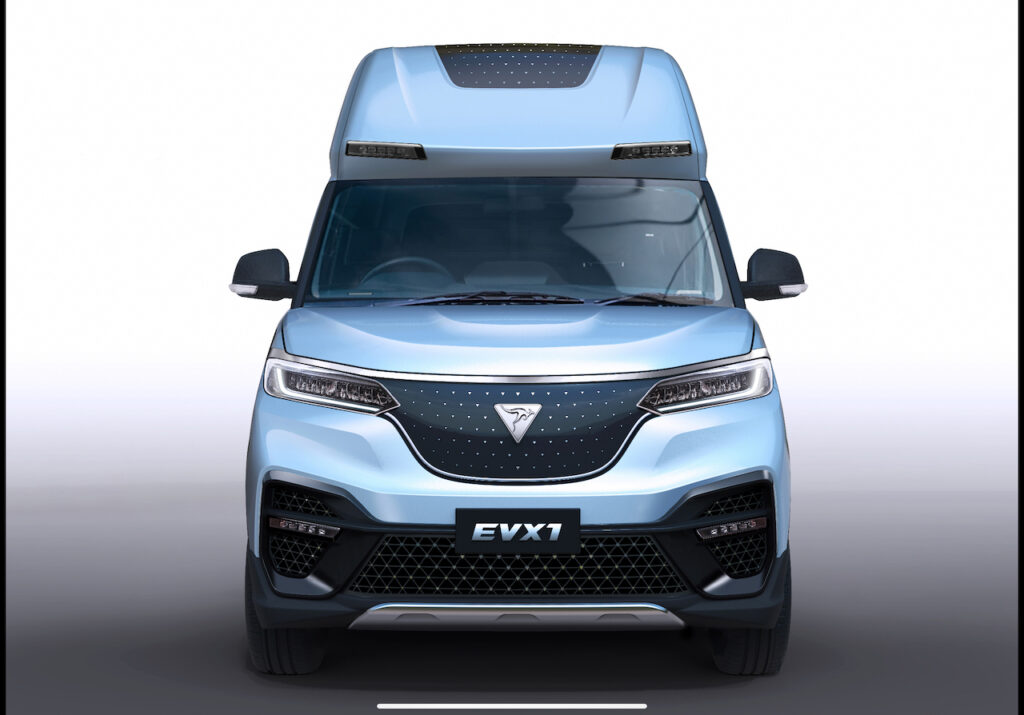
The first X1 test mule is already in Australia and testing will commence within months. If problematic global shipping cooperates, ACE hopes to have 10 X1 testers on the road by April and open reservations by late 2022 and start deliveries in 2023.
Previously, ACE had focussed on a trio of small EVs, the Cargo van, Yewt ute and Urban passenger car.
But the X1 Transformer project has taken priority because of a $5 million grant allocated out of the last federal government budget to be primarily used on developing bi-directional vehicle to grid recharging trial.
“We are using this vehicle to trial that system.” McGarvie explained.
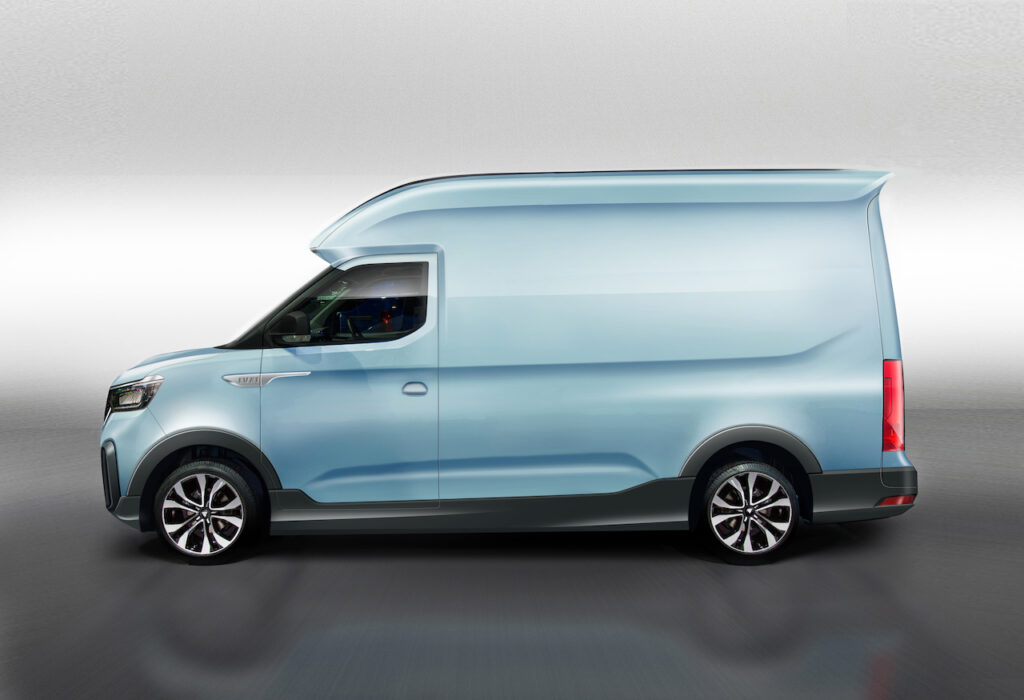
“Our Advanced Australian Vehicle To Grid (AAV2G) project will deliver bi-directional transfer between vehicle, building and grid with integrated on-board energy metering.
“The system will enable the X1 Transformer to power an entire home or business, with the vehicle battery storing energy from rooftop solar cells or from the grid,” he said.
“It can charge when the sun shines, provide night-time energy needs, supply emergency power when needed, feed back into the grid – and, of course, run the vehicle itself.”
McGarvie confirmed the smaller Cargo family would be delayed but still produced after structural modifications. He said the company was holding $3 million in reservations.
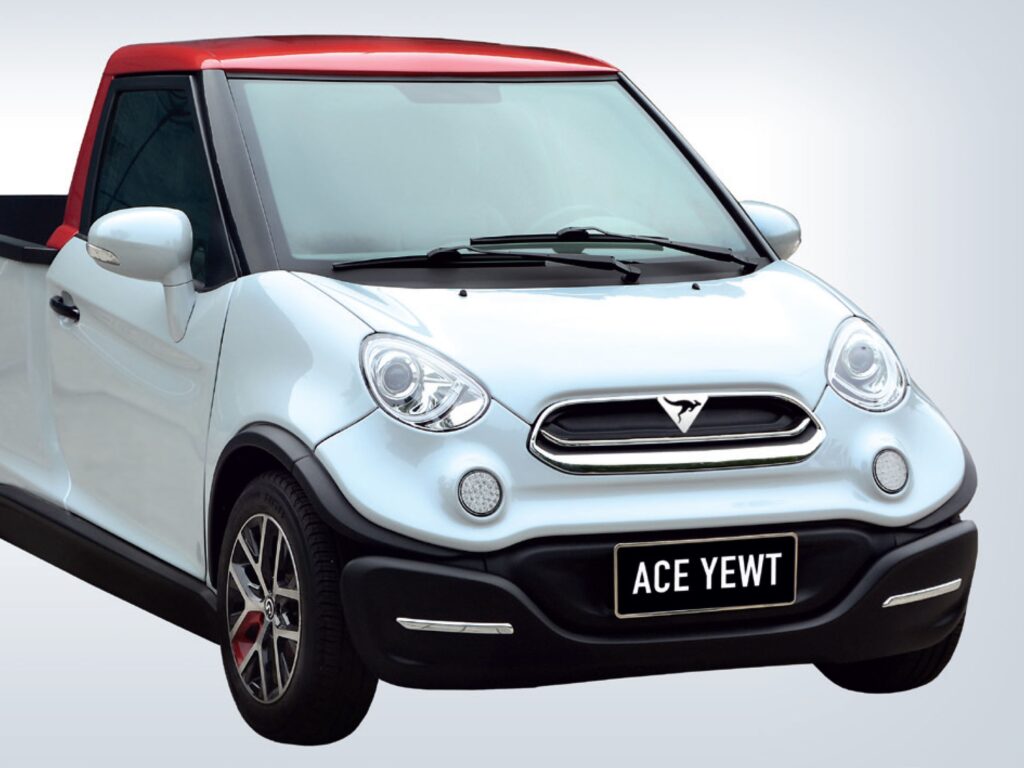
“They are still on-track but we have decided to modify them a bit and when we do that we have to go through the whole ANCAP (safety testing) process,” he explained.
McGarvie also confirmed the funding to bring the X1 project to production was being finalised as part of a package that would also cover off a proposed R&D centre for the Adelaide-based company.
“We are very close on funding, an announcement should come by the end of the year,” he said. “There are some very strong partners coming in.”
The management structure of ACE EV has also changed ahead of this funding injection. McGarvie said ACE’s Taiwanese partner Seemore Technology and Science and German partner Gerhard Kurr & Co now had directorships.
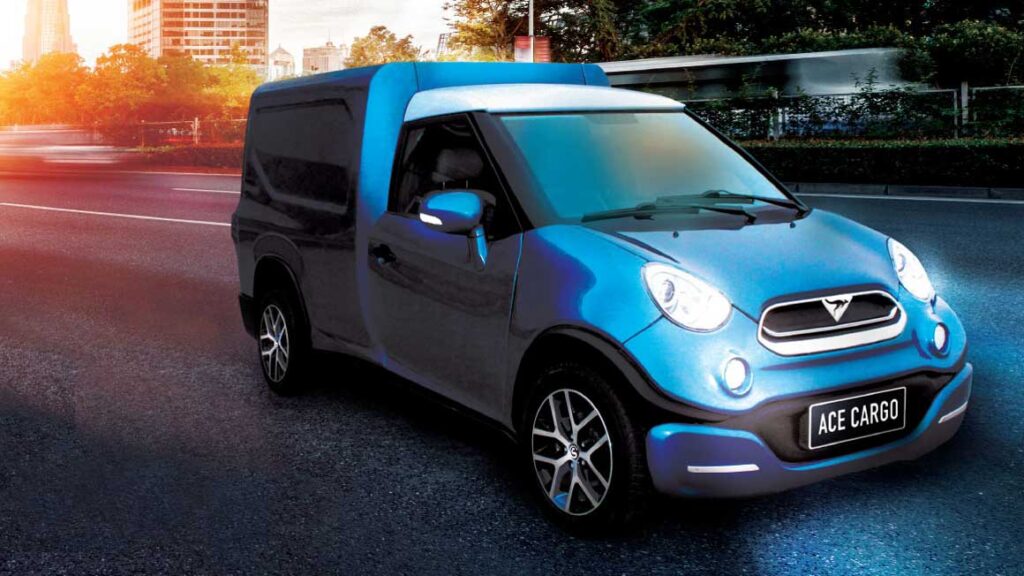
Seemore and Kurr are responsible for the technical development of both the Cargo family of the vehicles and the X1 project. The new structure means ACE EV gets more access to intellectual property and becomes the global development centre for these vehicles
According to specifications revealed by ACE EV this week, the X1 platform includes a 52.5kWh battery pack and a 90kW/255Nm e-motor. Its combined WLTP range between recharges is claimed to be 215-285km/h and its top speed is listed at just 90km/h.
The battery pack can be recharged in from five to 80 percent of capacity in 45 minutes using a DC fast-charger, or eight hours AC.
While the X1 Transformer was revealed in high-box van renders, the underpinning architecture measures up at 5090mm long, 1810mm wide and 1855mm high. Its wheelbase is 3285mm.
The X1 rides on MacPherson struts front- and leaf spring rear-suspension and 15-inch steel wheels. Standard equipment includes air-conditioning, heated seats, cruise control, remote central locking, Bluetooth, a 7.0-inch touchscreen, Apple Carplay and power windows.

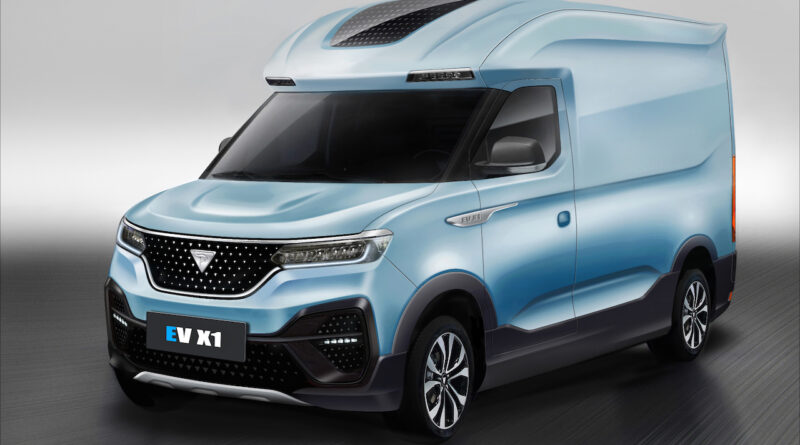
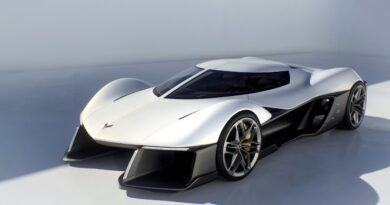

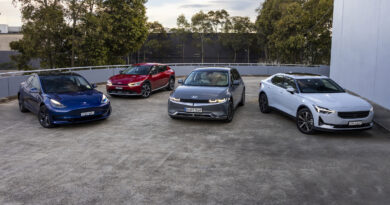
Hi
Question, are the batteries located in the floor like a tesla. Reason for asking is how difficult these would be to convert to a wheelchair accessible vehicle with a lift or ramped rear access. What’s the dimension from ground to the floor level of the “cargo” area. Especially considering some special needs require and uninterrupted power supply also, having the ability to integrate with the homes power supply would be advantages.
Yes, like most EVs the batteries on a Tesla are in the floor.
Not sure on the challenges of converting to an access vehicle.
On the surface it would seem something taller and with more space would be easier. One option could be the upcoming Ford E-Transit, although that may be too big. Otherwise there are some larger SUVs coming up – Volvo XC90, BMW iX and so-on – that may have more space to start with.